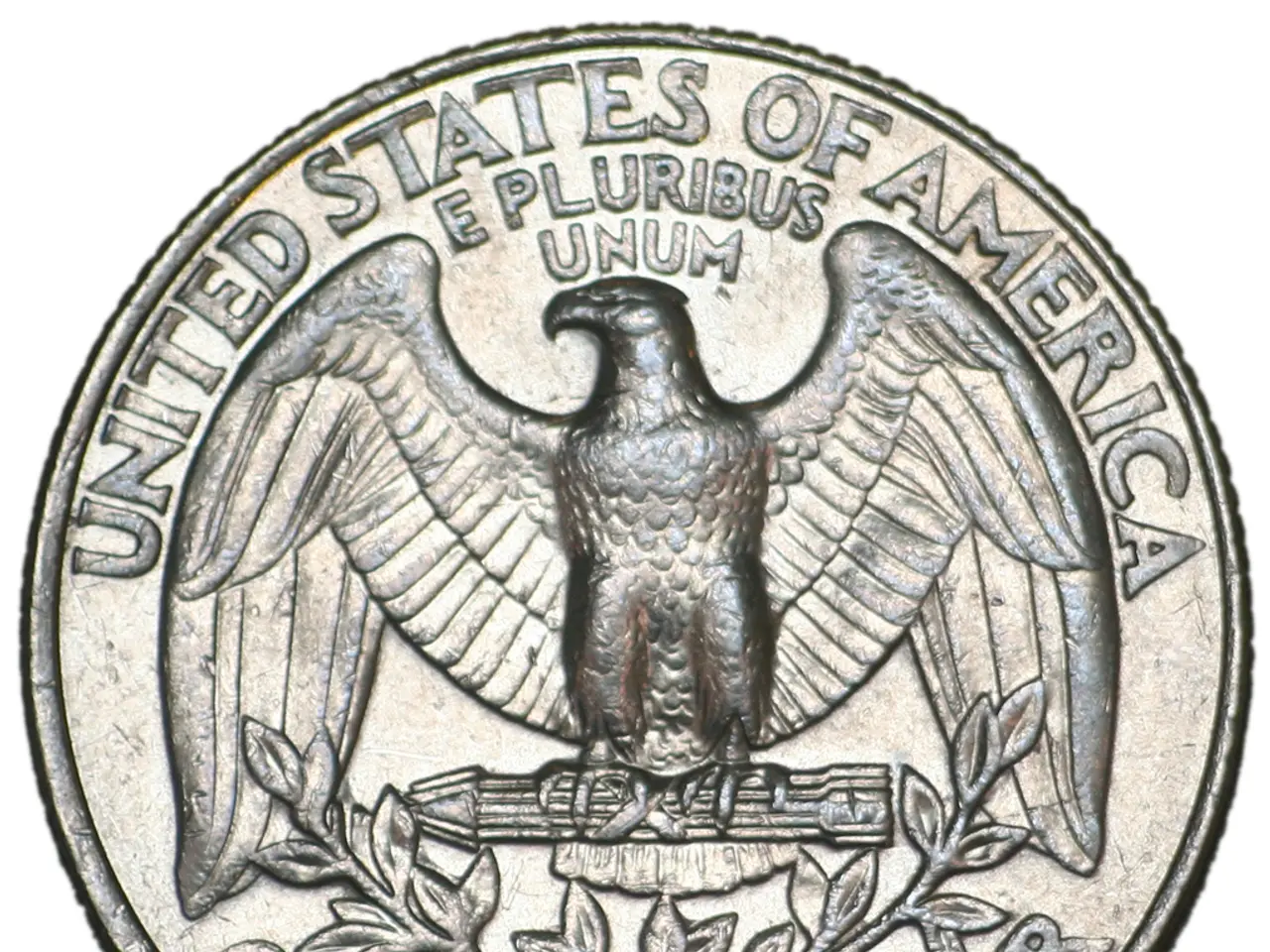High Sea Tariffs and Uncertainty: An Expensive Prospect for Asian Shipping Industries
In recent developments, the proposed U.S. tariffs on imported vehicles pose significant challenges for Japanese automakers, with potential ramifications that could reshape the global automotive landscape.
Japanese automakers, such as Toyota, Honda, Nissan, Mazda, Mitsubishi, Subaru, and Suzuki, are already grappling with reduced profits as they absorb some tariff costs by lowering prices to remain competitive in the U.S. market. The imposition of tariffs up to 35% on top of existing 25% import duties could deepen these profit hits, potentially leading to a decline of 10-25% in auto stocks like Toyota and Honda, reflecting investor concerns about the sector's outlook.
The tariffs have already resulted in a sharp decline in Japanese auto exports to the U.S., with export values dropping nearly 25% year-on-year in May 2025 and decreases in vehicle export numbers as well. For example, Nissan's exports to North America dropped by about 25% in early 2025 compared to the previous year.
The tariffs add substantial costs, especially coupled with high duties on steel and aluminum used in manufacturing (50%), potentially increasing production costs for Japanese OEMs by approximately $61 billion annually. This could lead to longer vehicle lifecycles, shifts toward alternative brands, or the acceleration of electrification strategies in Asia as companies seek to mitigate tariff-related expenses.
Mazda imports approximately 30% of its vehicles sold in the U.S. from Mexico and is considering shifting production from Mexico to Japan due to the tariffs. The increased tariffs could result in higher acquisition costs for B2B customers and leasing firms in Asia, potentially disrupting pricing models based on stable production costs and leading to potential changes in the fleet industry in Asia.
Japan does not impose tariffs on U.S. automobiles, but the Trump administration accuses the country of using non-tariff barriers that disadvantage American manufacturers. Japanese officials are examining the details of the U.S. tariffs and their potential impact on Japan, with Honda anticipating an additional financial burden of 20 billion yen ($132 million) in just one month if fully implemented.
The U.S. is considering a 25% tariff on imported vehicles, which could take effect in April 2025. Leasing companies with cross-border agreements involving U.S.-produced vehicles may need to renegotiate contracts or reassess procurement strategies to maintain profitability amid the rising cost pressures.
The tariffs could have ripple effects for B2B customers and leasing companies in Asia, particularly those that source their vehicles from Japan and North America. The North American auto industry, which has been built on decades of integrated supply chains under NAFTA and USMCA, is now facing fundamental disruptions due to the tariffs.
In the face of these challenges, Japanese automakers are faced with the choice of absorbing the costs or passing them on to consumers, both of which have significant downsides. The tariffs could potentially reduce new vehicle demand in the U.S. by 12% in 2025 due to higher costs being passed on to consumers.
As a response to the increased costs associated with the tariffs, electrification strategies may become more prevalent in Asia as a means to offset the higher production costs and remain competitive in the global market. The outcome of U.S.-Japan trade negotiations will be crucial for the economic trajectory of Japanese automakers, as their heavy reliance on U.S. exports (autos constitute 14% of Japanese exports) amplifies these risks.
The proposed tariffs on imported vehicles, particularly those from Japan, could heavily impact the finance sector as Japanese automakers like Mazda, Toyota, Honda, and others might face increased acquisition costs for B2B customers and leasing firms in Asia, potentially disrupting existing pricing models. These tariffs could also reshape the global transportation landscape, leading to shifts in automotive production, such as Mazda's potential move to produce more vehicles in Japan instead of Mexico, and accelerating electrification strategies in Asia to mitigate tariff-related expenses.




